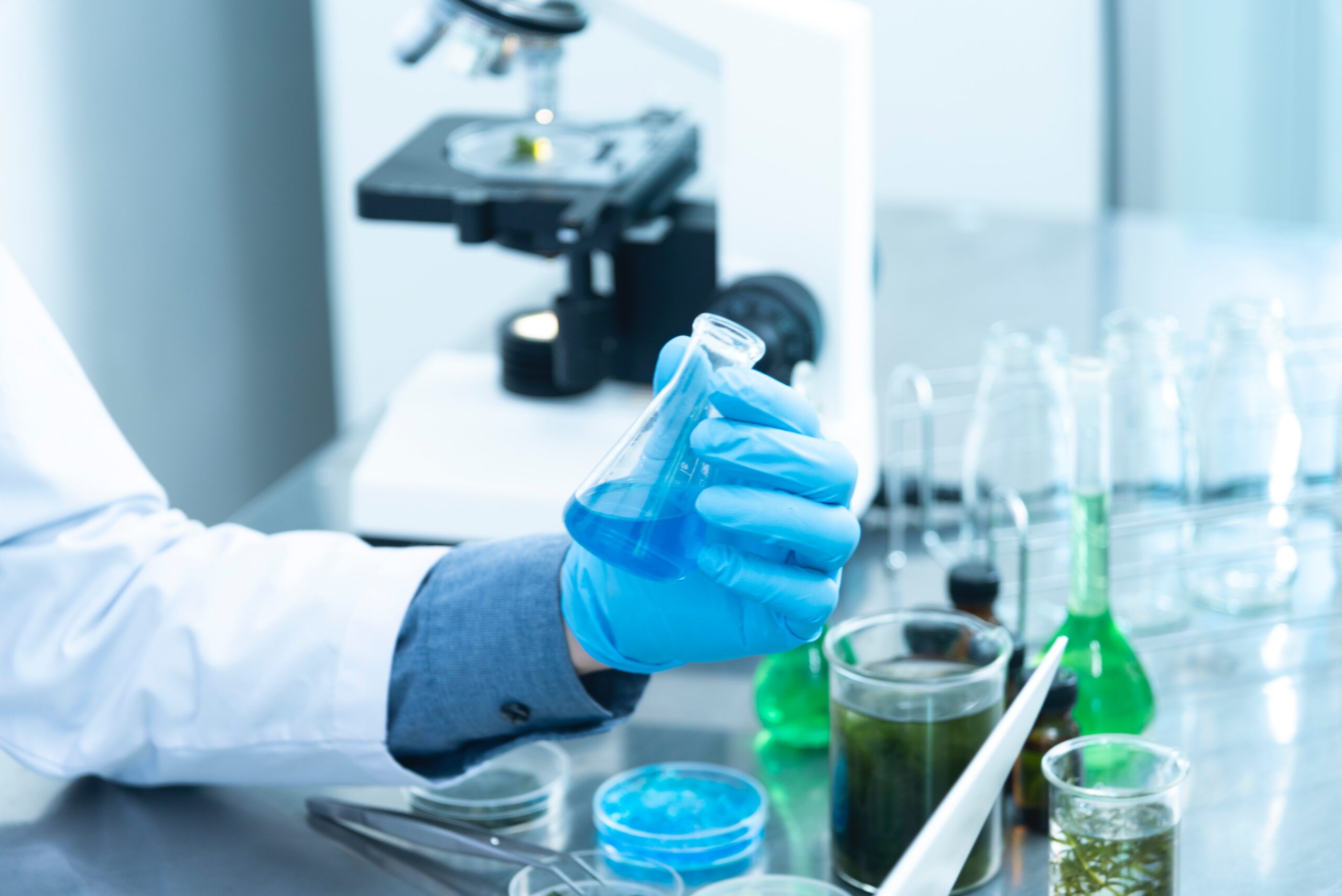You’ll make a big mistake if you think sterilization management only relates to medical device manufacturing and development logistics. On the contrary, sterilization management is one of the final and most critical parts of medical device manufacturing. And for medical devices, the device is packaged, sterilized, and then packaged once more for final delivery.
A complete process that destroys all microorganisms on the surface of an article or in a fluid to inhibit microbial transmission associated with that item or its use. And as such, sterilization in medical device packaging should be the critical point of focus while designing any medical device. Here’s why;
Sterile body tissues are known for low immunity defense; as such, all medical devices that come in contact with sterile body tissues or fluids are considered critical items. Likewise, these items should be sterile when used as any microbial contamination from the device could result in fatal disease transmission.
Such items are mostly heat and moisture sensitive, including surgical instruments, biopsy forceps, and implanted medical devices. Therefore, reprocessing these items requires using a low-temperature but high-efficiency technique, and the widely accepted technique is Ethylene Oxide sterilization.
How does Evolving EtO Standards Revamp Sterilization Methods and Packaging Designs?
Numerous factors influence a medical device packaging system’s design and choice of materials, and one of them is the design attributes. However, these design attributes could be a setback for EtO sterilization and cause the manufacturers to lose time and resources as there could be a need to re-strategize.
A medical device packaging system should allow for sterility packaging/sterilization, physical protection, maintaining sterility, and aseptic presentation till the point of use. Engineers in charge of medical device packaging should take the goal of a terminally sterilized medical device packaging system. To do so, they should be conversant with the following factors;
- Ultimate end-users and their needs
- The medical device in use
- Packaging material cost and supply
- Sterilization method
- Shelf life
- Storage considerations
How is Sustainability Prompting Revamp in Sterilization Methods and Packaging Designs?
The honest assessment to date is that sustainability has always had little to no impact on entire decision-making regarding medical device packaging and sterilization. As a result, patient safety continues to win even though the medical device industry won’t stop discussing sustainability.
While always enticing, the industry scarcely diverges into using alternative materials when sustainability is the only benefit. As customers need reduced package size and material waste, manufacturers still need to ensure the device package is suited to the sterilization method. If not, it can result in damage to the packaging and likely damage to the device itself.
How does In-home Care Prompt a Revamp of Sterilization Methods and Packaging Designs?
An increasing number of industries are moving away from in-house sterilization and outsourcing to sterilization providers. Nonetheless, device manufacturers shouldn’t rule out an in-house system because most industries have. In addition, in-home actualizes cost and time savings for some companies that need to bring such a system in-house.
The primary advantage of in-house sterilization for many manufacturers is time, and in manufacturing, time equals money. Depending on the manufacturer’s technology, an in-house operation may allow just-in-time sterilization, which means significant inventory reduction.
Nevertheless, manufacturers whose needs vary should look honestly at contract costs and shipping times to determine whether in-house sterilization is a cost-effective alternative. For example, suppose there’s a need to address a manufacturing problem that involves repackaging. In that case, the job is more easily accomplished if the sterilization process is in-house.
Conclusion
Packaging and sterilization processes are vital in delivering a medical device to the market and ensuring patient compliance with even the most rigorous healthcare standards. This ensures the product is safe, while packaging safeguards the device and preserves the sterile barrier to the point of use.
Kicking off with the end in mind can be an easy, straightforward path to preserving time and money amidst other resources. For example, handling packaging as part of medical device manufacturing, instead of an afterthought, can get your device to the market rapidly and less expensively.
Photo by Chokniti Khongchum on Pexels

